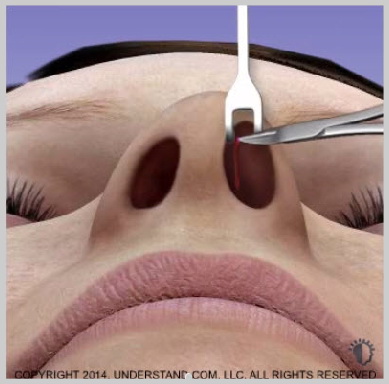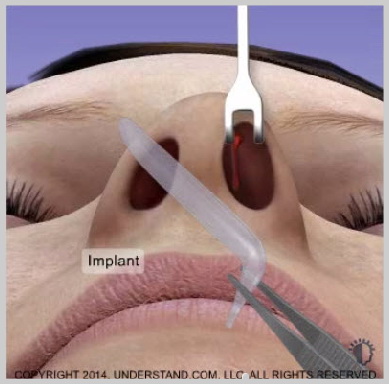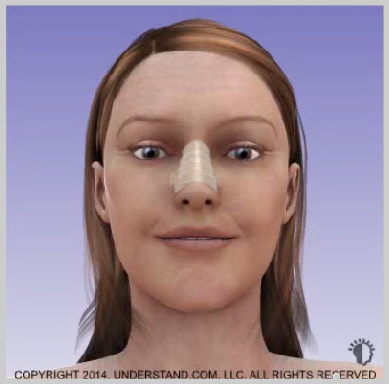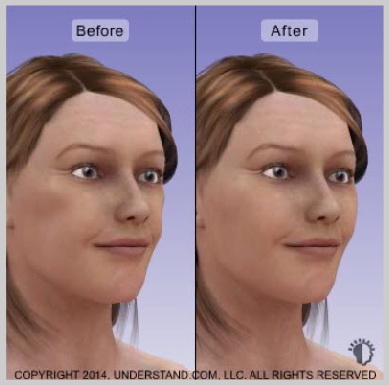Exclusive Treatments
Nasal Implants
Facial contours are among your most noticeable features. Some individuals are unhappy with how they look as a result of birth defects or injury to the face, while others are dissatisfied with the general appearance of their nose. Nasal implants can achieve a proportional size and shape to the nose or balance the face.

nasal implants
Three broad categories of materials have been used for nasal implants. Autologous materials are harvested from your own body and can include cartilage from the nose, ear, or rib; bone from the pelvis; or other soft tissues. Homologous materials are the same types of human tissues that are harvested from cadavers. Homologous tissues are sterilized for safety and treated to be accepted by the body. Alloplast materials are synthetics such as soft, solid silicone, or porous substances designed to integrate with surrounding tissues. Surgical procedures for each type of implant are similar; silicone implants that come in predesigned, adjustable shapes will be shown in this animation. Nasal implants are frequently chosen for the following reasons:
- to clear breathing obstructions caused by nasal collapse or injury
- to enhance the shape of a nose that is flat or has a low spot along the ridge
- to correct an area that is malformed due to a health condition, surgical complications, or injury
- to improve facial symmetry for a proportional and balanced appearance This
contact us and book the tour of your dreams

nasal implants incision and pocket formation
The nasal implant procedure involves creating a small pocket in which the implant will be placed. Your physician will make an incision inside one or both nostrils and carefully sculpt a pocket underneath the skin along the bridge or base of the nose, or both. In some instances, cartilage and bone may be altered and reshaped in order to change the profile of the nose. However, adjusting the size of the implant itself will often provide the desired result.
Start Now
Get discounts

nasal implants placement and closure
A nasal implant is carefully inserted into the pocket, and your physician will check for a proper fit and definition. After sizing, the implant is typically removed and sculpted to customize the height and shape. Once satisfied that the implant looks natural and balanced, your physician will close the incision with self-dissolving sutures. After the procedure, stabilizing tape and a nasal splint are usually applied to keep the implant in the correct position as it heals.
Great People. Amazing Surgeon. Beautiful Staff.

nasal implants recovery
As with any surgical procedure, you will likely experience some swelling and bruising, which will subside over the course of several days. Pain is typically controlled with oral medications. The stabilizing tape and nasal splint will be removed after about seven days, and your sutures will dissolve with time. Most patients feel well enough to return to work and light activities after a few days. Your nose will most likely be completely healed and you will be able to return to full physical activity in a few weeks.
nasal implants results
You will notice results immediately. As swelling subsides, the area around the implant will soften and begin to look even more natural. Your muscle movement should not be affected. A nasal implant is placed so that it is unlikely to shift, and the tissue surrounding the implant will stretch to comfortably accommodate it over the following months. With nasal implants, you can achieve the shape, definition, and facial contours that you have always wanted.

